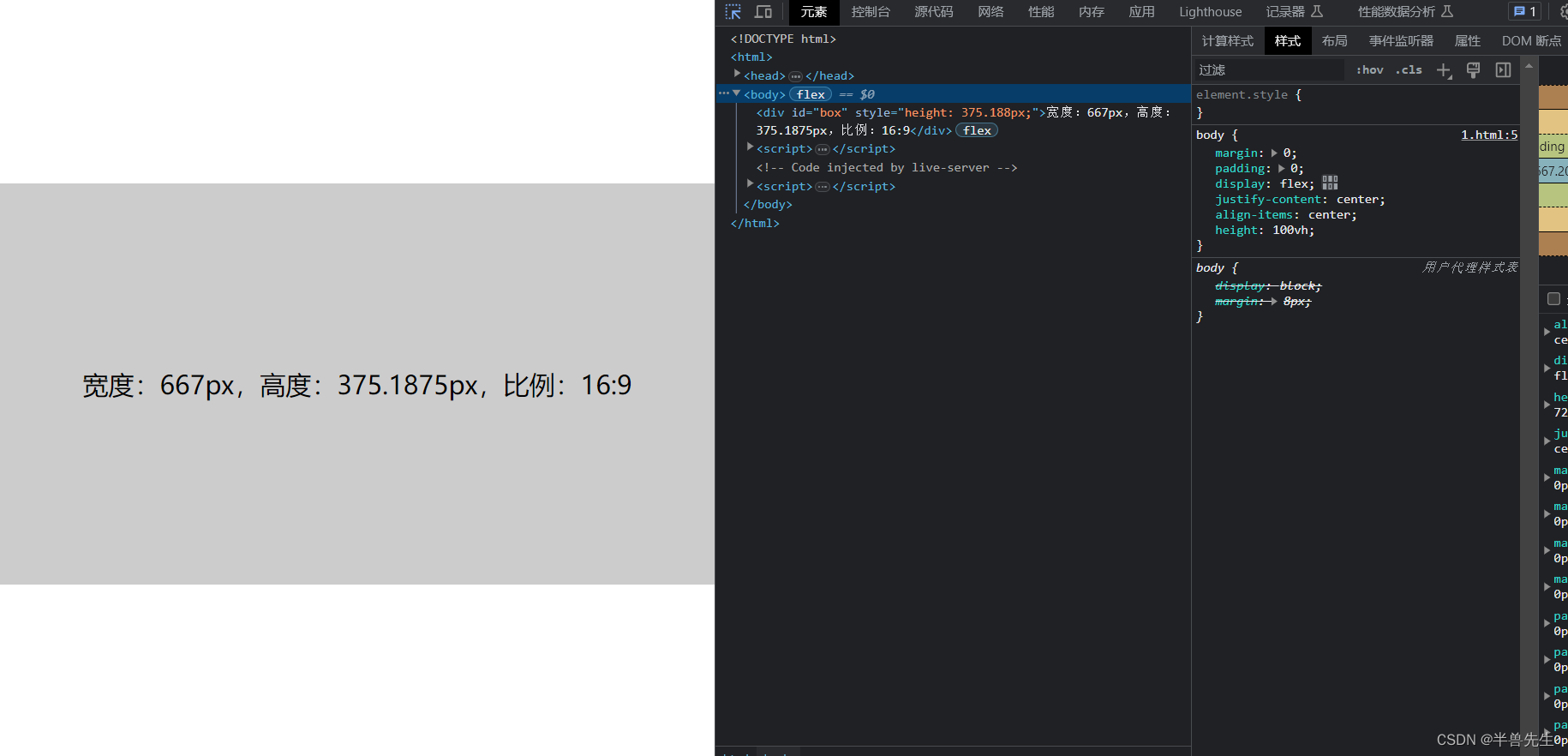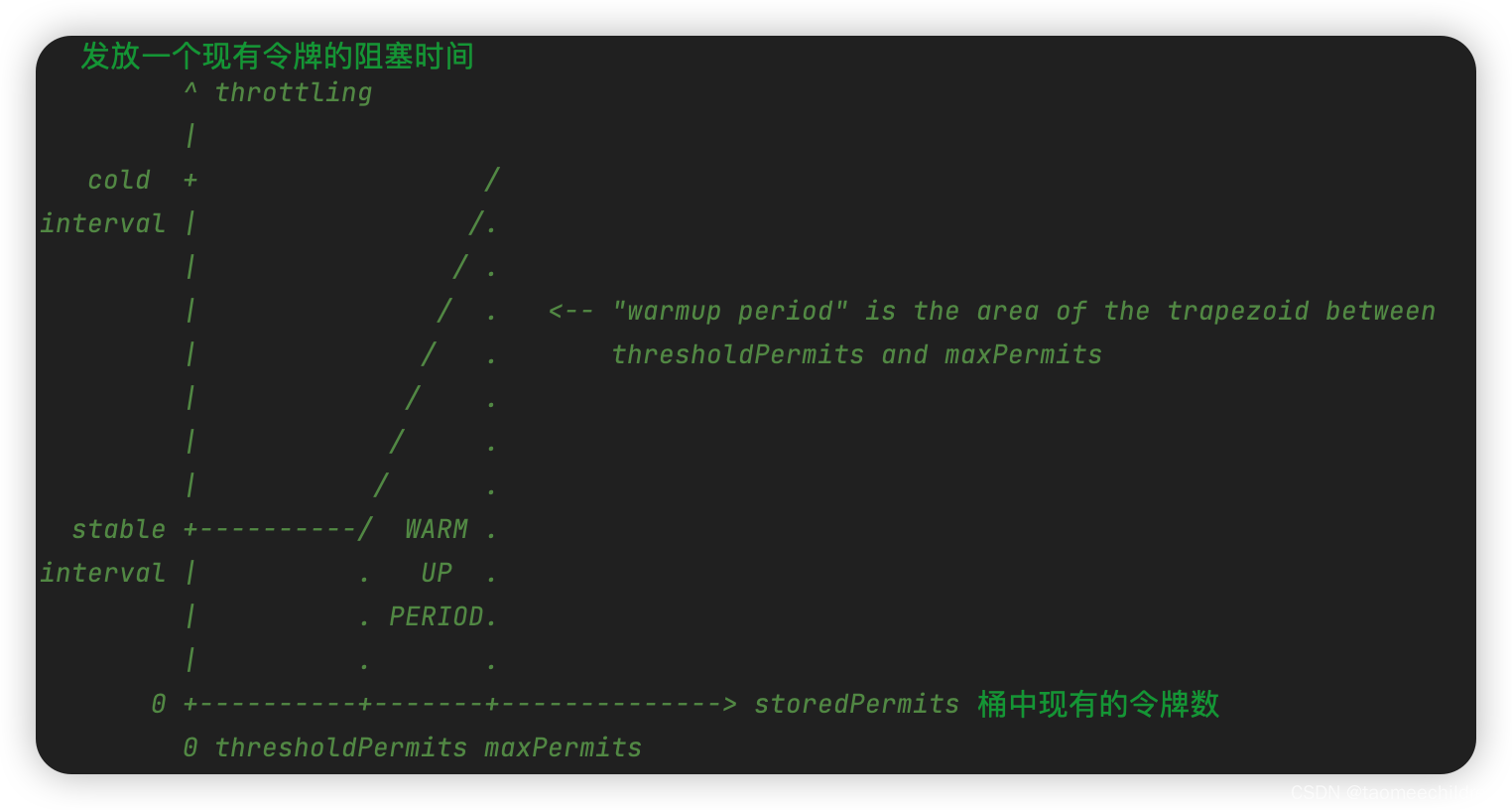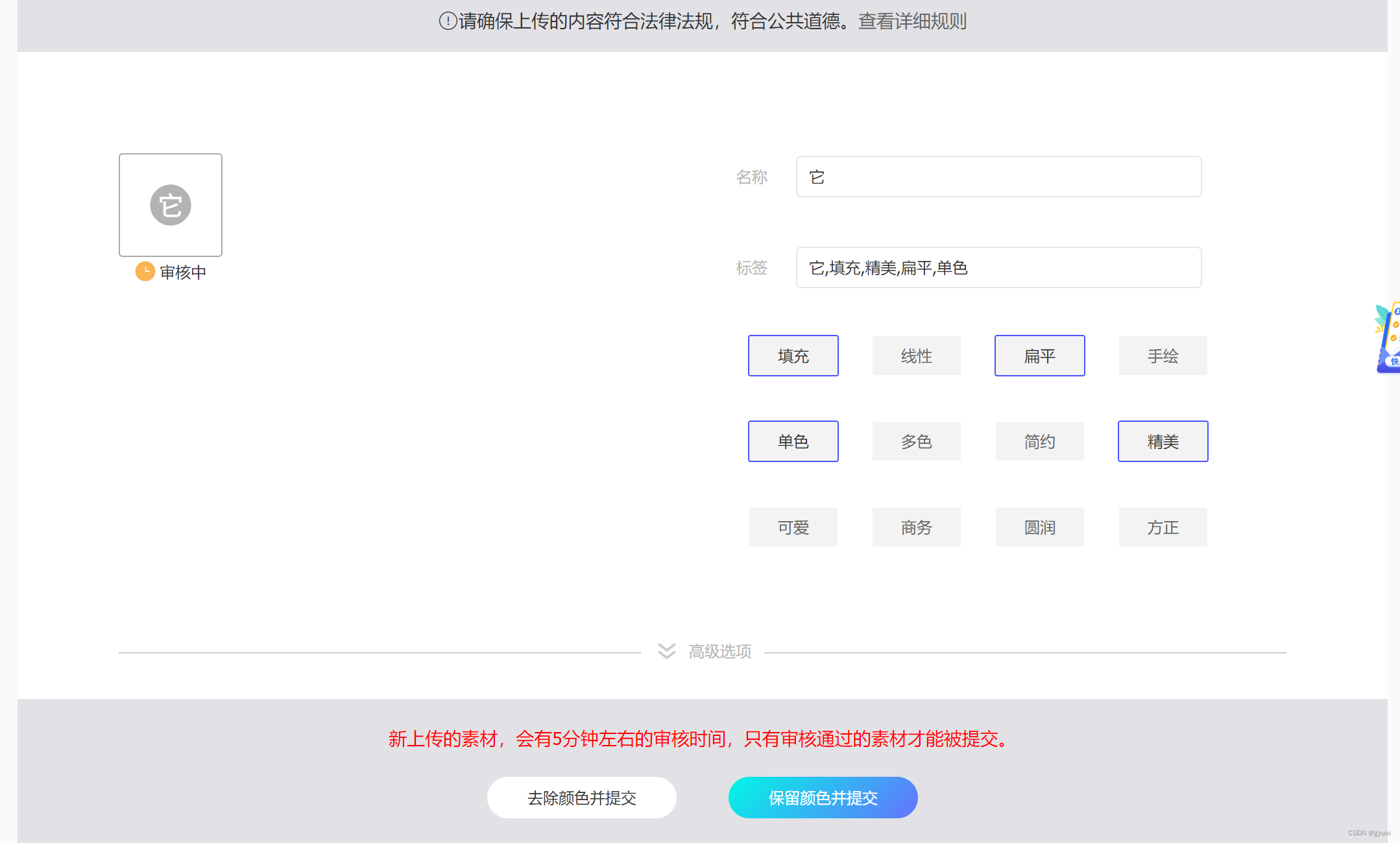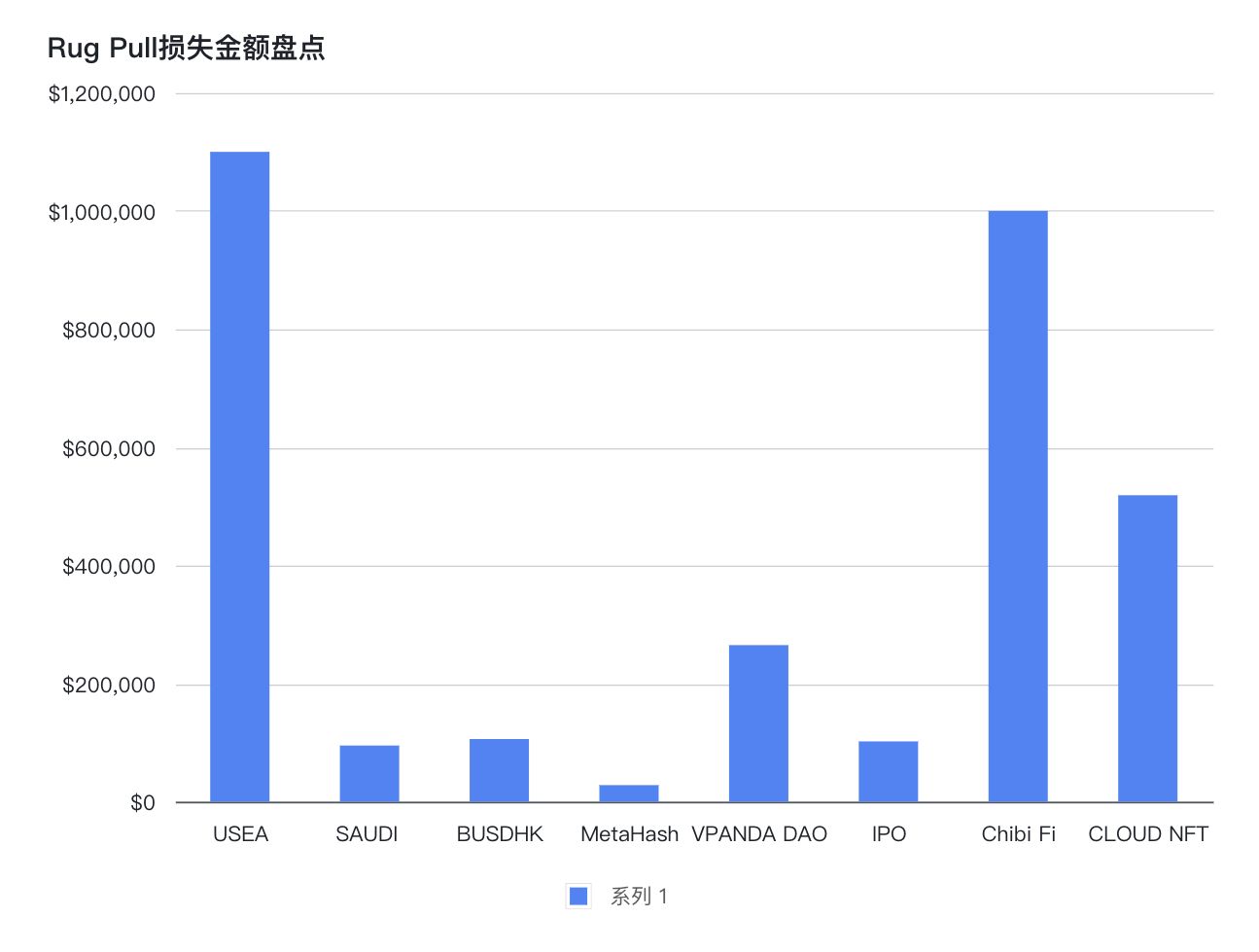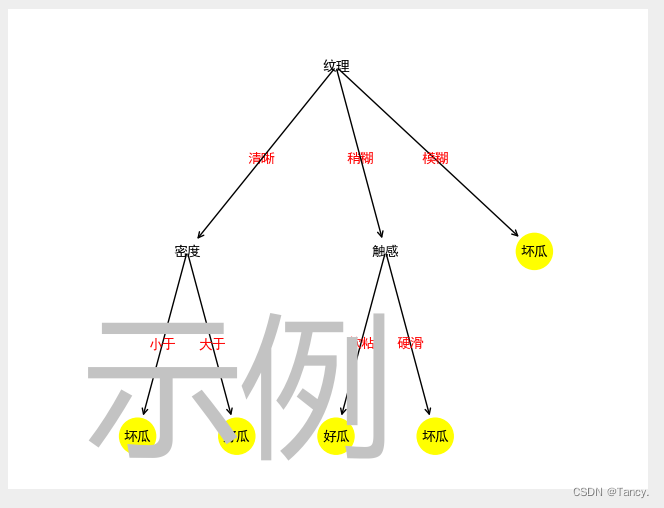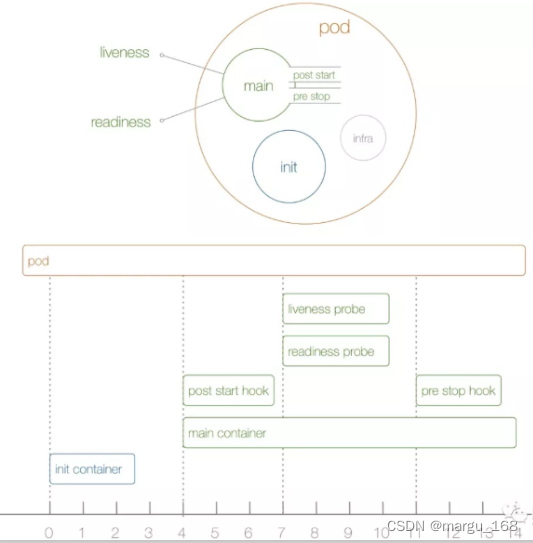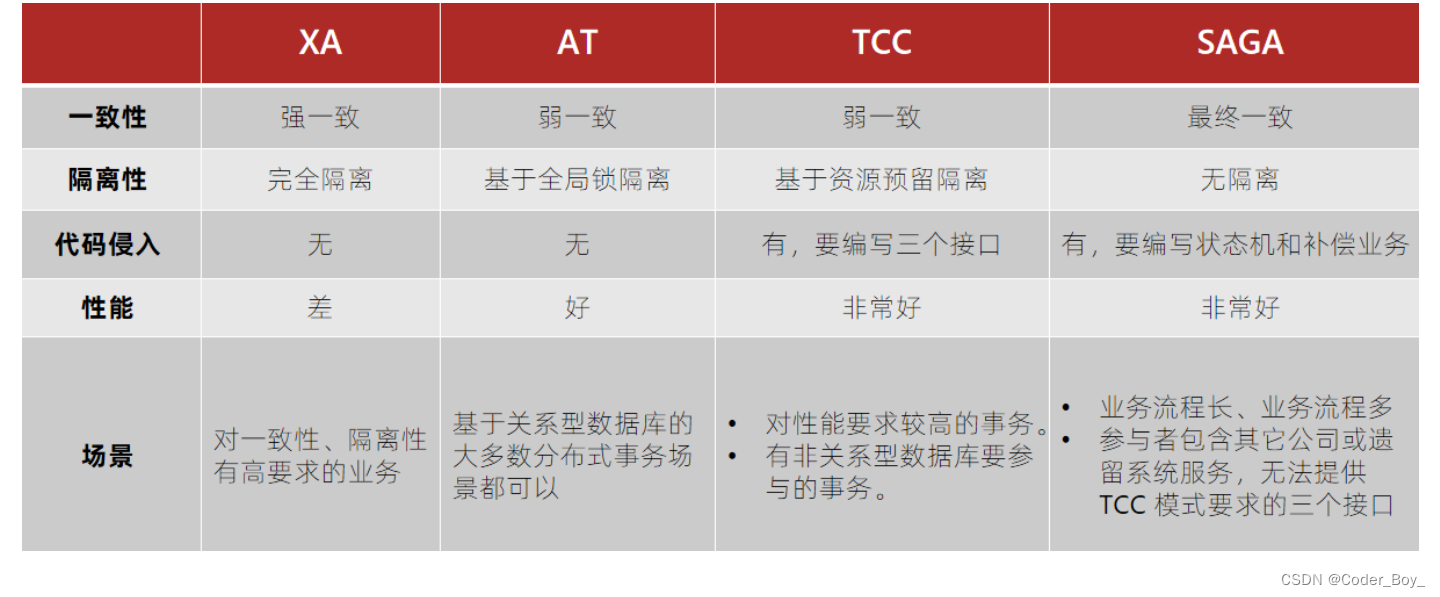目录
一、什么是装饰器模式
二、装饰器模式如何使用
三、装饰器模式的优势和应用场景

一、什么是装饰器模式
装饰器模式是一种结构型设计模式,允许通过动态地将新功能添加到现有对象上,来扩展其行为或修改其外观,同时不改变其原始类的结构。
在装饰器模式中,有一个抽象基类(Component)定义了对象的通用接口,具体组件类实现了该接口。装饰器类也实现了相同的接口,并且包含了一个指向抽象组件的引用。装饰器类通过在保持原始类方法不变的情况下,提供了额外的功能。
以下是一个简单的示例来说明装饰器模式:
首先,我们定义抽象组件类 Component,它定义了对象的通用接口:
public interface Component {
void operation();
}
然后,我们创建具体组件类 ConcreteComponent,它实现了 Component 接口:
public class ConcreteComponent implements Component {
@Override
public void operation() {
System.out.println("执行原始操作");
}
}
接下来,我们创建装饰器类 Decorator,它实现了 Component 接口,并包含一个指向抽象组件的引用:
public abstract class Decorator implements Component {
protected Component component;
public Decorator(Component component) {
this.component = component;
}
@Override
public void operation() {
component.operation();
}
}
最后,我们创建具体装饰器类 ConcreteDecoratorA 和 ConcreteDecoratorB,它们继承自 Decorator 类,并在原始操作上添加了额外的功能:
public class ConcreteDecoratorA extends Decorator {
public ConcreteDecoratorA(Component component) {
super(component);
}
@Override
public void operation() {
super.operation();
System.out.println("添加额外功能A");
}
}
public class ConcreteDecoratorB extends Decorator {
public ConcreteDecoratorB(Component component) {
super(component);
}
@Override
public void operation() {
super.operation();
System.out.println("添加额外功能B");
}
}
现在,我们可以使用这些类来演示装饰器模式的工作方式:
public class Main {
public static void main(String[] args) {
Component component = new ConcreteComponent();
component.operation();
// 输出:执行原始操作
Component decoratedComponentA = new ConcreteDecoratorA(component);
decoratedComponentA.operation();
// 输出:
// 执行原始操作
// 添加额外功能A
Component decoratedComponentB = new ConcreteDecoratorB(component);
decoratedComponentB.operation();
// 输出:
// 执行原始操作
// 添加额外功能B
Component decoratedComponentAB = new ConcreteDecoratorB(new ConcreteDecoratorA(component));
decoratedComponentAB.operation();
// 输出:
// 执行原始操作
// 添加额外功能A
// 添加额外功能B
}
}
在上述示例中,我们首先创建了一个具体组件对象 component,然后通过创建不同的装饰器对象(如 decoratedComponentA 和 decoratedComponentB),在原始操作上添加了额外的功能。装饰器对象可以根据需要嵌套使用,以实现不同层次的功能组合。
装饰器模式通过动态地组合对象来扩展其功能,避免了使用继承导致的类爆炸问题,同时保持了原始类的简洁性和一致性。它提供了一种灵活的方式来修改或增强现有对象的行为,并支持在运行时动态地添加或移除装饰器。
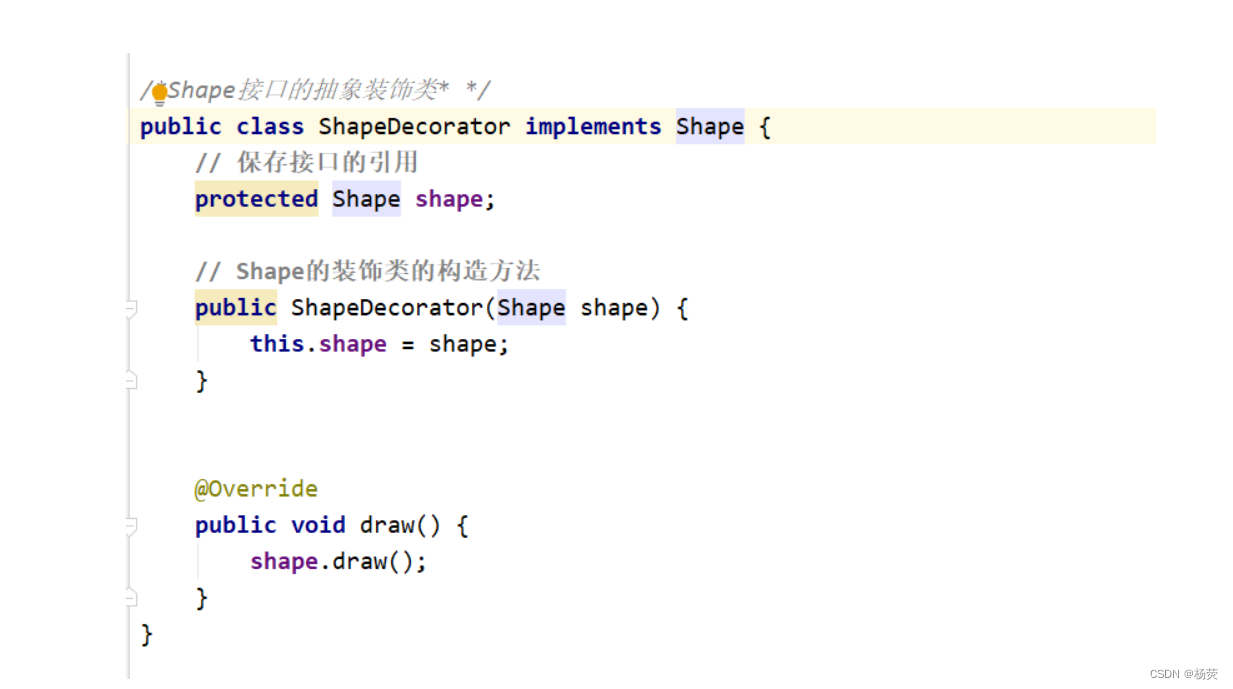
二、装饰器模式如何使用
装饰器模式是一种结构型设计模式,用于动态地给一个对象添加额外的功能。它通过将对象包装在一个具有相同接口的装饰器类中,来实现对原始对象的增强而不改变其接口。
以下是一个使用Java实现装饰器模式的简单示例代码:
首先,我们定义一个基础接口 Component,表示被装饰的对象及其接口:
public interface Component {
void operation();
}
然后,我们实现具体的组件类 ConcreteComponent:
public class ConcreteComponent implements Component {
@Override
public void operation() {
System.out.println("Base operation");
}
}
接下来,我们定义装饰器类 Decorator,它实现了与被装饰对象相同的接口,并持有一个对基础组件的引用:
public abstract class Decorator implements Component {
protected Component component;
public Decorator(Component component) {
this.component = component;
}
@Override
public void operation() {
component.operation();
}
}
最后,我们实现具体的装饰器类 ConcreteDecorator,它扩展了装饰器类并添加了额外的功能:
public class ConcreteDecorator extends Decorator {
public ConcreteDecorator(Component component) {
super(component);
}
@Override
public void operation() {
super.operation();
additionalOperation();
}
private void additionalOperation() {
System.out.println("Additional operation");
}
}
现在,我们可以使用这些类来演示装饰器模式的工作方式:
public class Main {
public static void main(String[] args) {
Component component = new ConcreteComponent();
component.operation();
// 输出:Base operation
Component decoratedComponent = new ConcreteDecorator(component);
decoratedComponent.operation();
// 输出:
// Base operation
// Additional operation
}
}
在上述示例中,我们首先创建了一个具体组件对象 component,并调用其 operation() 方法。然后,我们创建了一个具体装饰器对象 decoratedComponent,将 component 对象传递给它进行装饰。当我们调用 decoratedComponent 的 operation() 方法时,它会先调用基础组件的 operation() 方法,然后添加额外的功能。
装饰器模式使得我们可以动态地在对象上添加新的行为,而无需改变其接口或修改原始对象。这样既保持了代码的灵活性和可扩展性,又符合开闭原则。装饰器模式在实际开发中经常被用于包装和增强现有的类库或第三方组件。
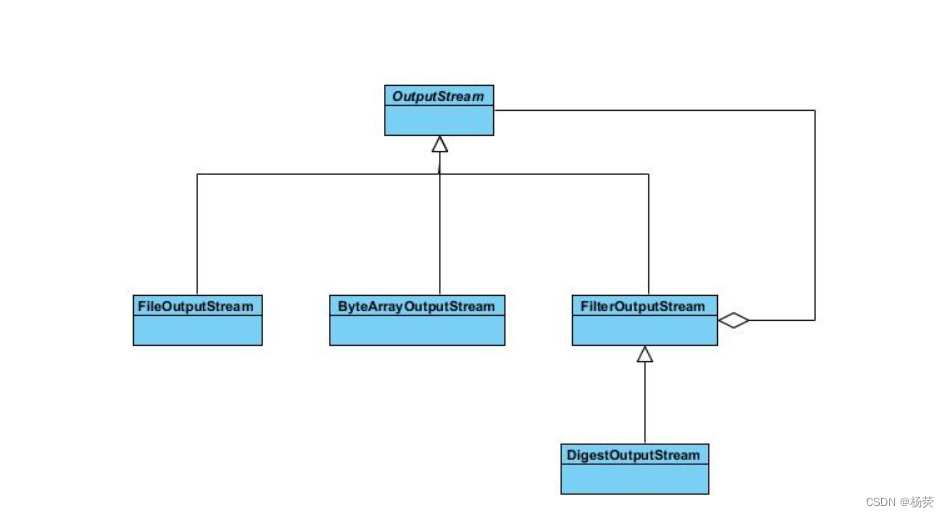
三、装饰器模式的优势和应用场景
装饰器模式是一种结构型设计模式,它允许在不修改现有对象的情况下,动态地将额外的功能添加到对象中。装饰器模式通过包装原始对象来实现这一点,从而对对象进行增强或改变其行为。
装饰器模式的优势包括:
-
灵活性:装饰器模式使得我们可以在运行时动态地添加、修改或删除对象的功能,而无需修改原有的代码。这提供了更大的灵活性和扩展性。
-
单一职责原则:装饰器模式遵循单一职责原则,每个装饰器类都专注于提供一个特定的功能,从而使得代码更加清晰、可维护和可扩展。
-
组合功能:装饰器模式允许将多个装饰器按照需要进行组合,从而实现复杂的功能组合。这样可以灵活地选择要应用的功能,而无需创建大量的类和子类。
一些常见的应用场景包括:
-
动态功能增加:当需要在运行时动态地为对象添加新功能时,装饰器模式非常有用。例如,可以使用装饰器模式来动态地给文本编辑器添加拼写检查、格式化、自动保存等功能。
-
动态功能组合:当需要以不同的方式组合对象的功能时,装饰器模式可以提供灵活的解决方案。例如,可以使用装饰器模式来动态地组合菜单项的功能,以满足不同用户的需求。
-
对象透明包装:当需要对对象进行透明的包装,以提供额外的功能或修改其行为时,可以使用装饰器模式。例如,在Web开发中,可以使用装饰器模式来对请求或响应对象进行包装,以添加安全验证、日志记录等功能。
总的来说,装饰器模式在需要动态地增强对象功能、实现功能组合和保持代码灵活性的情况下非常有用。它允许我们通过包装原始对象来轻松地添加新的功能,同时保持对象的接口不变,遵循设计原则,并提高代码的可维护性和可扩展性。

